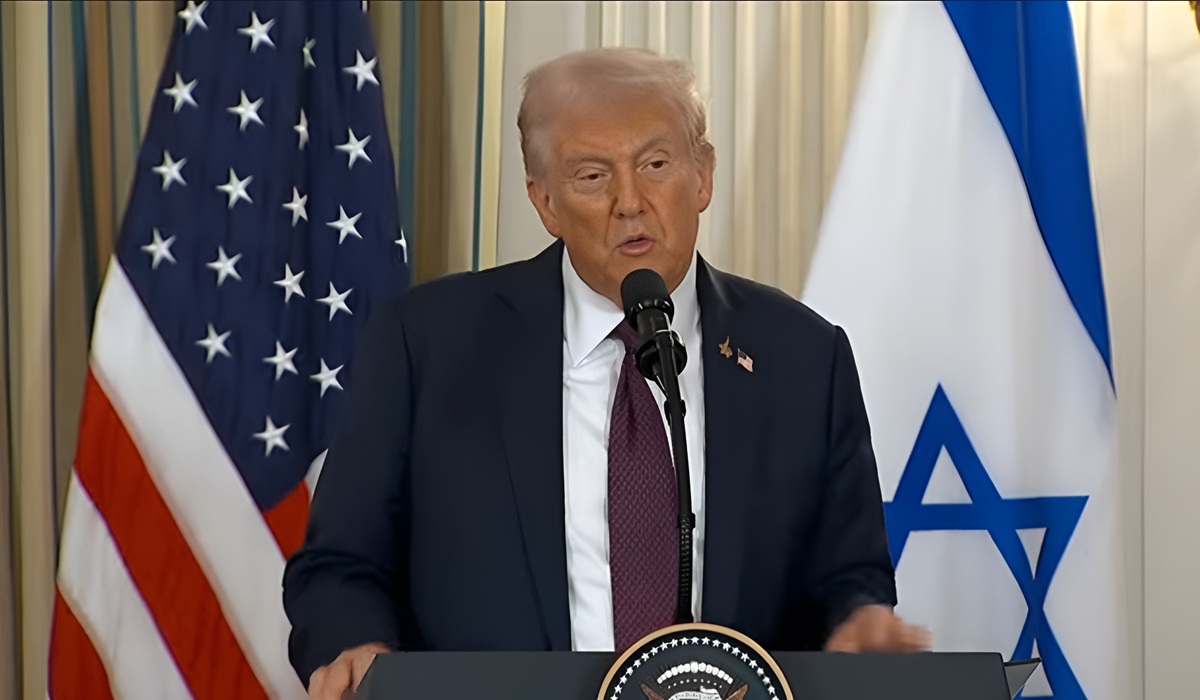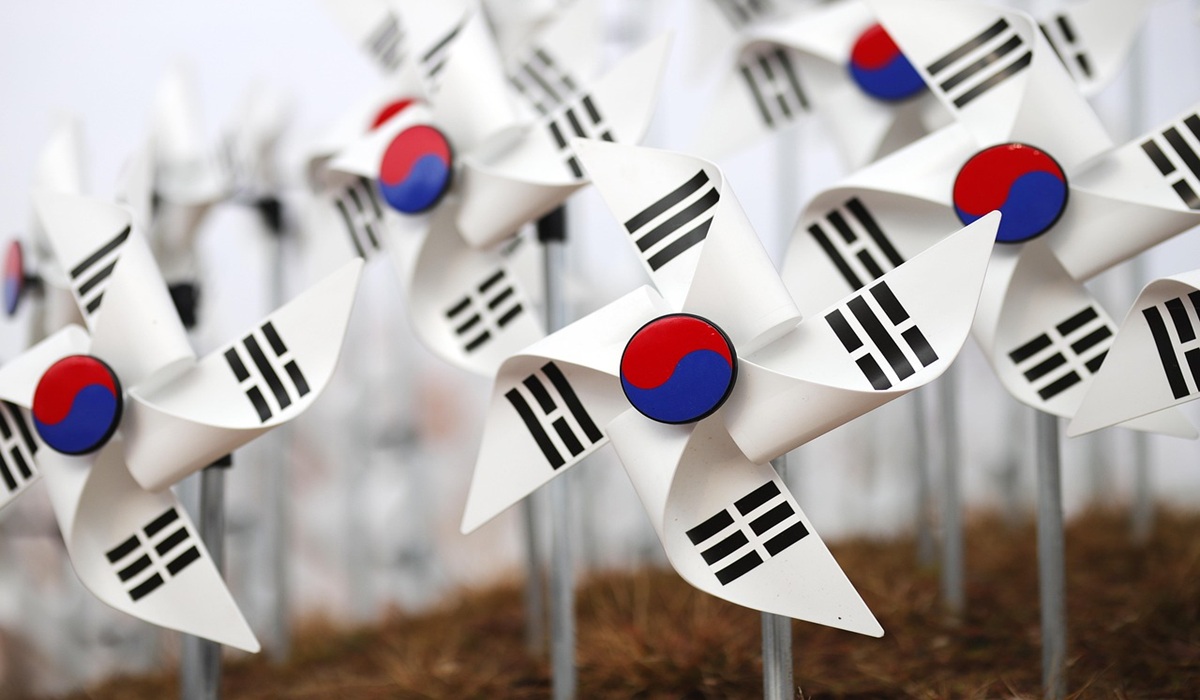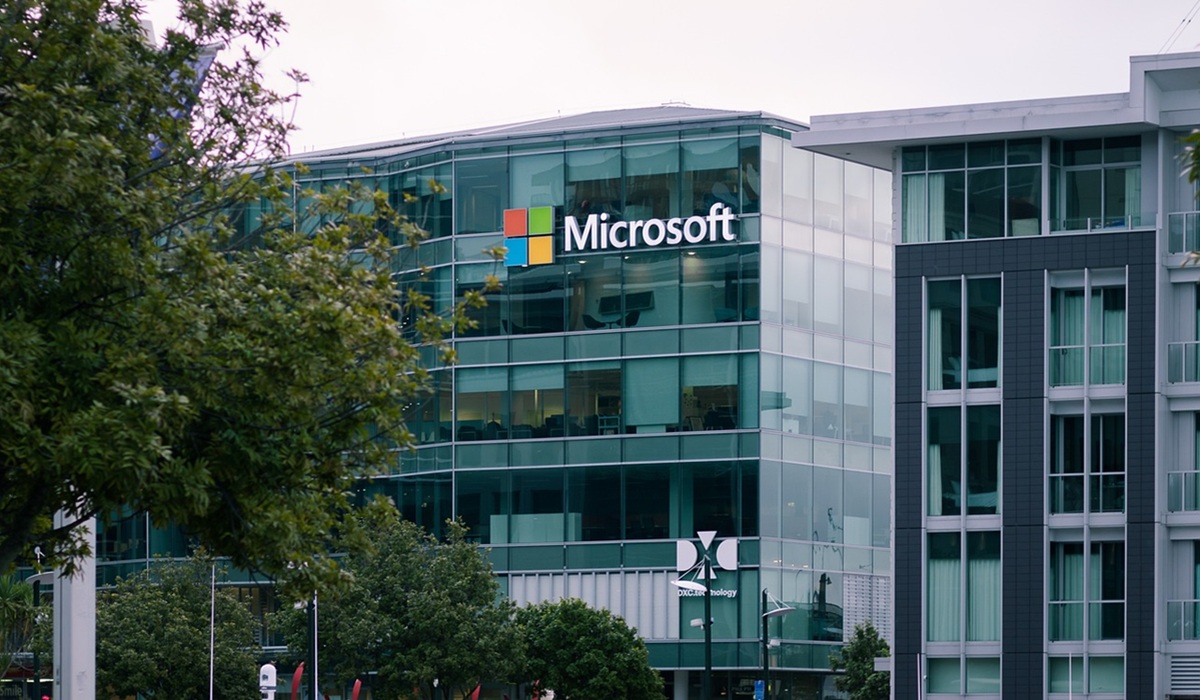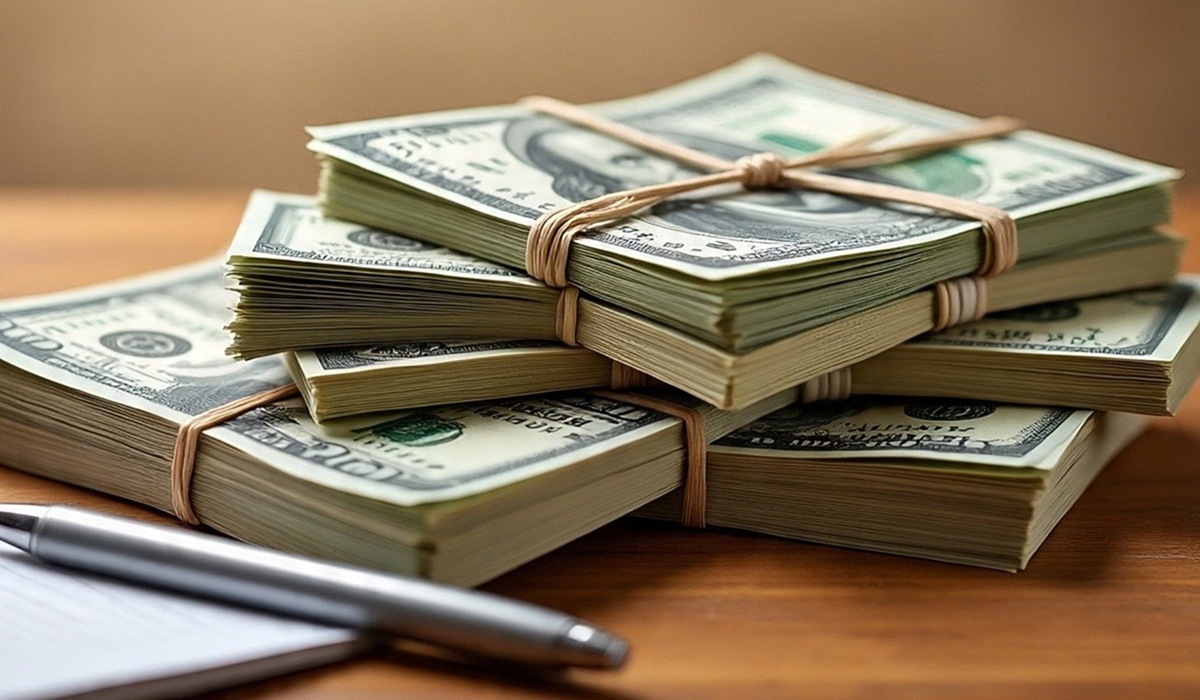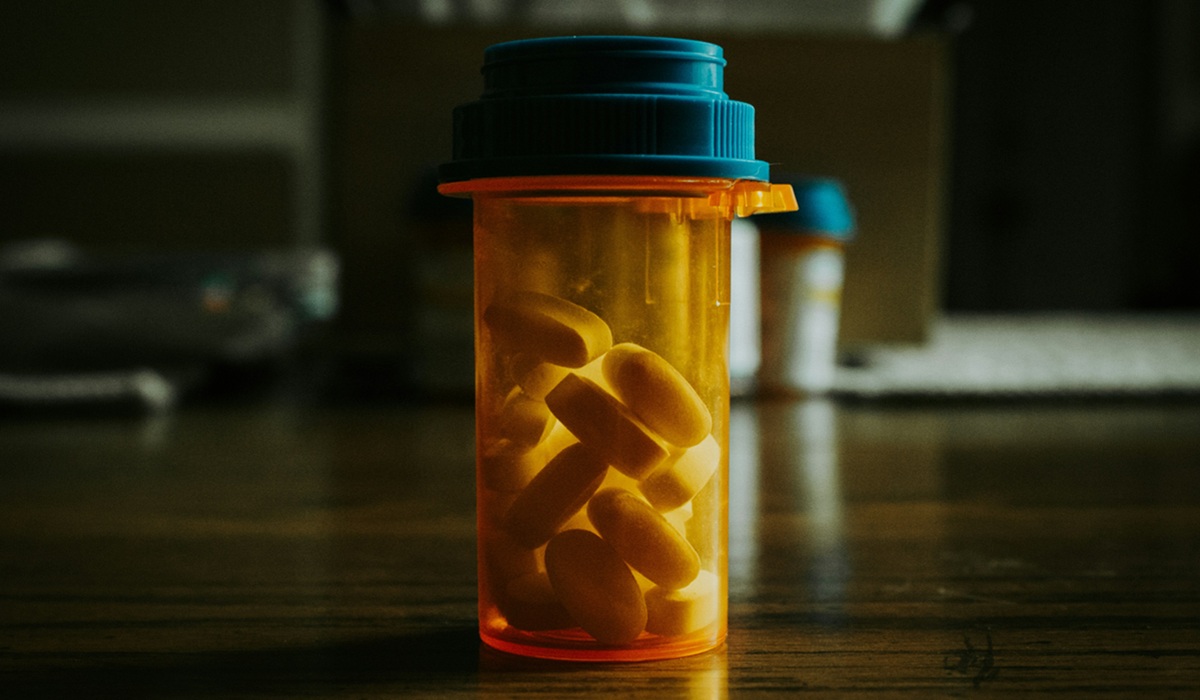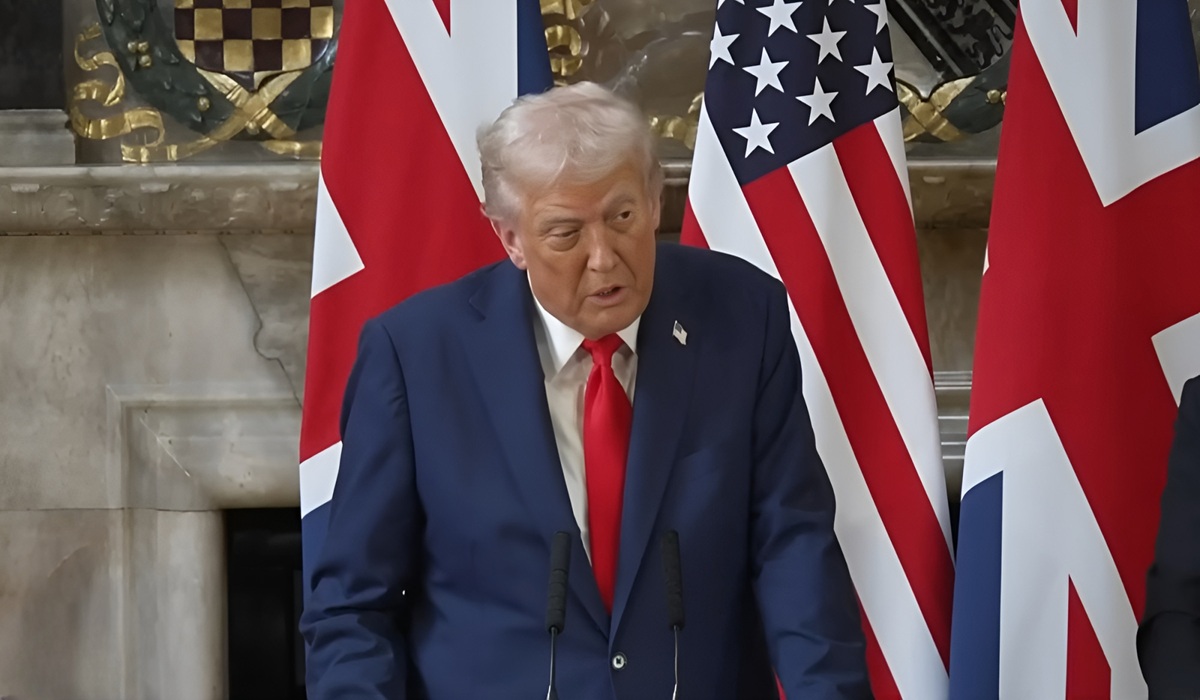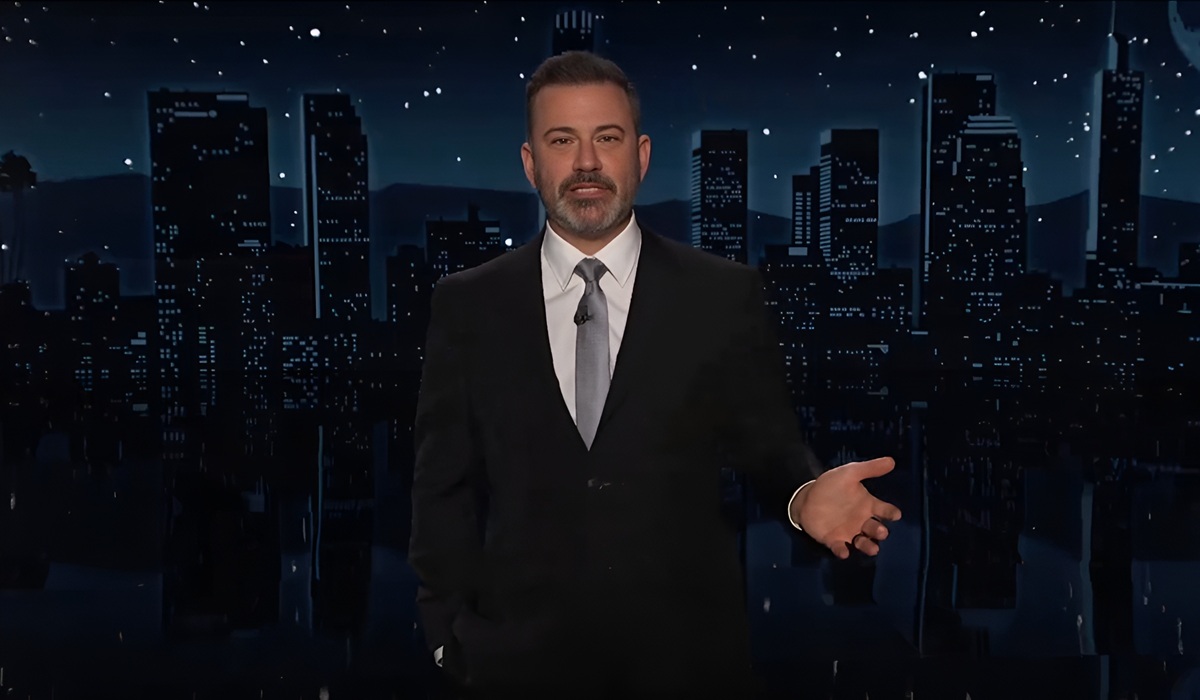TrumpRx: How Trump Forced Big Pharma to Slash Drug Prices by 80%?
- Ingrid Jones
- U.S.A
- October 1, 2025
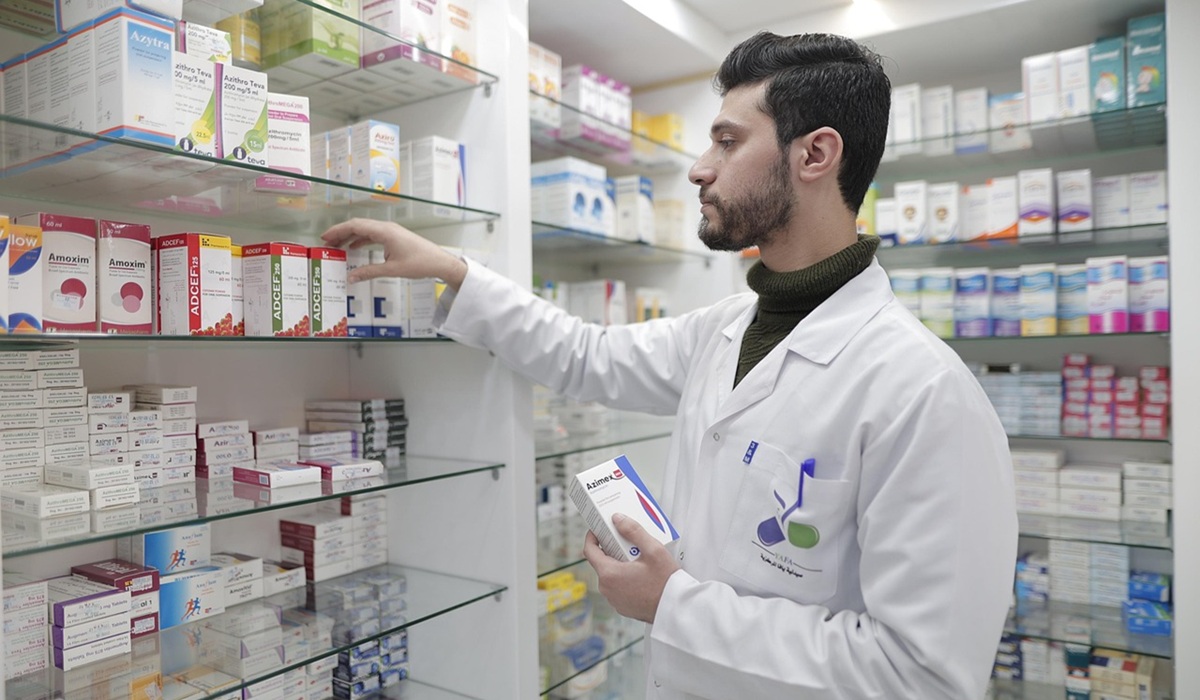
Image Credit: Hosny Salah
President Donald Trump announced over the weekend that the United States has reached a new agreement with Pfizer, one that could bring prescription drug prices down by as much as 80% for some medicines. The initiative, launched under the brand name “TrumpRx,” is being described as a major victory for American consumers who for decades have carried the burden of paying the highest drug costs in the developed world. While the administration’s rhetoric pointed to sweeping price cuts, the actual mechanics reveal a carefully structured arrangement that mixes incentives with threats to bring pharmaceutical companies into line.
The deal begins with Pfizer offering a range of its widely prescribed drugs at fixed, nationally available cash prices through the new TrumpRx purchasing portal. These posted prices, according to White House officials, will be immediately available to uninsured patients and to insured patients whose health plans currently negotiate higher rates. Beyond this, Medicaid agencies across all states will be guaranteed “most-favored nation” pricing, ensuring that they never pay more than the lowest price Pfizer offers in any comparable wealthy market. In practice, this could slash prices on certain medications by half, and in some cases approach an 80% reduction. These numbers are not uniform across the entire system—some drugs will see smaller reductions while others, particularly older small-molecule medications with cheaper manufacturing costs, may see cuts closer to the top end.
To secure this deal, the administration leaned heavily on a combination of carrots and sticks. In the days leading up to the announcement, Trump threatened to impose a 100% tariff on imported branded and patented drugs unless companies committed to building manufacturing capacity in the United States and agreed to sell medicines at lower rates. The Pfizer arrangement essentially trades tariff relief and access to the TrumpRx platform in exchange for publicized price cuts and domestic investment commitments. For other companies considering whether to join, the calculus is simple: cooperate and secure privileged access to a government-backed purchasing channel, or risk losing market share, facing punishing tariffs, and being sidelined in Medicaid negotiations.
The promise of up to 80% reductions understandably raises the question of whether such deep cuts can happen so quickly. For some drugs, particularly those with ample supply and simpler manufacturing processes, the answer is yes. A pill that might have cost $600 for a month’s supply could now be listed at $120 under TrumpRx, with Medicaid patients seeing their co-pays adjusted downward accordingly. But more complex biologics or specialty therapies may not drop so dramatically or so soon. In these cases, price reductions will likely roll out gradually as more companies sign on and as additional manufacturing capacity is established within the United States.
Still, the political significance is clear. Trump has done what many presidents promised but failed to achieve: bring visible, headline-level relief to patients at the pharmacy counter. The implications extend beyond America’s borders, too. The administration has signaled to allies that they may be expected to tolerate higher drug prices abroad to offset these U.S. discounts. That strategy, controversial and difficult to sustain, underscores how global pricing is less about production costs and more about policy leverage.
Underlying the announcement is a broader debate about greed in the pharmaceutical industry. The companies often point to research and development costs as justification for high prices, noting that it can take billions of dollars to bring a single drug through clinical trials and regulatory approvals. But once a drug is approved and mass production begins, the cost of manufacturing pills can be pennies per unit, particularly when outsourced to facilities in India and China. The enormous gap between production cost and consumer price has long fueled accusations that companies prioritize profit over patients, sustaining high list prices not because they must, but because they can.
The TrumpRx model exposes that reality. By using the threat of tariffs and the leverage of public programs, the administration forced a multinational giant like Pfizer to accept discounts that previously seemed impossible. This illustrates that drug pricing is as much a political and economic choice as it is a reflection of R&D or manufacturing costs. The agreement will no doubt provide real relief for millions of Americans who have struggled to afford their medicines, but it also raises the question of why these prices were allowed to remain so inflated for so long.
In the end, the announcement represents both a policy breakthrough and a reminder of the deep inequities in the pharmaceutical market. For the American people, this could mark a turning point—if the administration can expand the program to include other companies and ensure that savings are long-lasting rather than short-term concessions. For the drug makers, the message is clear: the era of unchecked pricing power in the United States may finally be under serious challenge, and their greed, once tolerated, now faces a level of public and governmental scrutiny unlike anything before.

